A well-designed bedroom is more than a place to sleep. It’s where your day begins and ends, where you recharge, reflect, and retreat. But designing a space that looks beautiful and feels calming isn’t always easy. Too much decor can feel chaotic. Too little can feel cold.
The key is balance—creating a bedroom that feels like you, but also makes space for rest.
Here’s how to design a bedroom that’s both stylish and serene.
Start with a bedroom set for instant cohesion
One of the fastest ways to bring style and harmony into your bedroom is by choosing a coordinated bedroom set. A set typically includes a bed frame, nightstands, and sometimes a dresser or chest of drawers—all designed to work together in terms of color, material, and silhouette.
This doesn’t mean your bedroom has to feel “matchy”—but starting with a cohesive foundation makes layering other pieces much easier. Think of your bedroom set as the canvas. From there, you can personalize the rest with textiles, lighting, and accents.
Look for sets that reflect your aesthetic. Whether that’s rustic wood, sleek modern lines, or timeless upholstered frames, the right set sets the tone—literally and emotionally.
Choose colors that support calm
Color can transform how a space feels. In the bedroom, that means leaning toward hues that encourage relaxation.
Soft neutrals like cream, beige, and dove gray are classic for a reason—they’re versatile, timeless, and easy on the eyes. If you want a touch more character, try muted earth tones (sage green, terracotta, soft navy) or warm pastels like blush or pale lavender.
Avoid overly bright or high-contrast palettes unless you find them personally calming. Your bedroom should quiet your mind, not stimulate it.
Layer textures to add warmth and dimension
Even the most beautifully furnished room can feel flat without a mix of textures. Layering adds depth and comfort—two things every restful bedroom needs.
Try pairing:
- Crisp cotton sheets with a chunky knit throw
- A sleek wood nightstand with a soft velvet chair
- A smooth area rug with a nubby linen bedspread
Texture invites touch. It also creates a more welcoming, lived-in feel, which is especially important in a space meant for relaxation.
Think in lighting layers
Lighting is one of the most overlooked design elements—and one of the most transformative. Start with soft, ambient lighting (overhead fixtures or ceiling lights), then layer in task lighting (bedside lamps, wall sconces), and finish with accent lighting (candles, string lights, or LED strips under the bed frame).
Opt for warm, dimmable bulbs when possible. Harsh lighting disrupts the wind-down process and can make even the coziest space feel clinical.
If your bedroom gets natural light, treat it like a design element. Sheer curtains filter light during the day while maintaining privacy, and heavier drapes can darken the space at night to improve sleep quality.
Prioritize furniture that supports real rest
It’s tempting to squeeze in a desk, workout gear, or extra storage into the bedroom—but the more multi-functional the space becomes, the harder it is to fully relax.
When possible, keep the focus on rest. That means:
- A comfortable, supportive mattress
- A headboard you enjoy leaning against
- Nightstands with drawers to hide clutter
- A dresser that fits your needs without overwhelming the space
If you work or study in your bedroom, try to visually separate that zone—use a screen, a small rug, or even just directional lighting to define where “daytime you” ends and “resting you” begins.
Add personality—but not too much
Your bedroom should feel like home, not a showroom. Bring in art you love, family photos, a stack of books, or a plant that thrives in low light. These touches tell your story and create a sense of emotional comfort.
That said, be mindful of visual clutter. Too many accessories, bold patterns, or overly busy artwork can keep your mind in motion. Let your personality come through in a few well-chosen pieces that bring joy without crowding your senses.
Keep surfaces clear and clutter-free
Few things disturb the sense of calm in a bedroom like clutter. Flat surfaces—nightstands, dressers, window sills—tend to collect whatever’s in your hands at the end of the day. Make it easy on yourself: give everything a place.
Use trays to corral jewelry, hand cream, or a book. Tuck a small basket under the bed for extra blankets. Choose nightstands with drawers or shelves so your phone, charger, and other small items have a home.
A clear space equals a clear mind—and that’s the whole point.
A bedroom you love doesn’t just look good—it feels good
Designing a restful bedroom isn’t about following trends. It’s about creating a space that helps you let go of the day and wake up feeling restored. Start with a quality bedroom set to establish visual harmony, then layer in color, texture, lighting, and your own sense of comfort and style.
Whether your space is spacious or small, minimal or cozy, the goal is the same: a bedroom that holds you, restores you, and gently reminds you that rest is just as important as everything else on your to-do list.

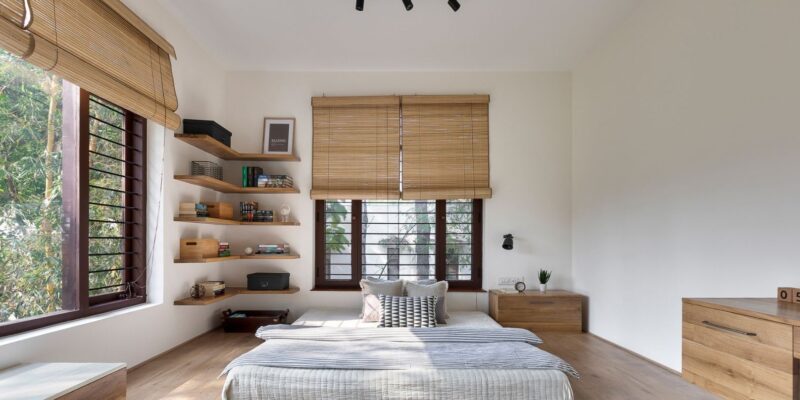
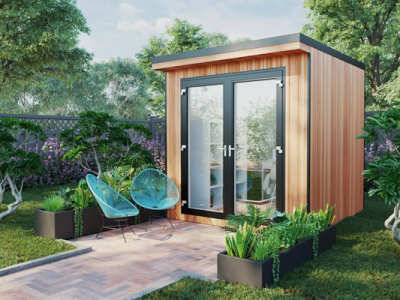


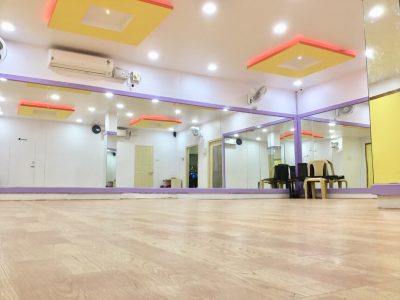


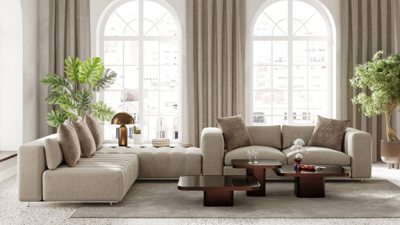
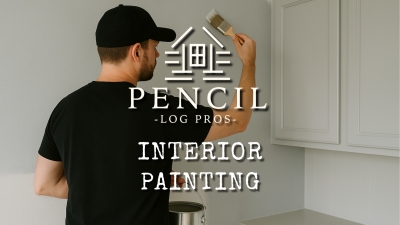

Comments